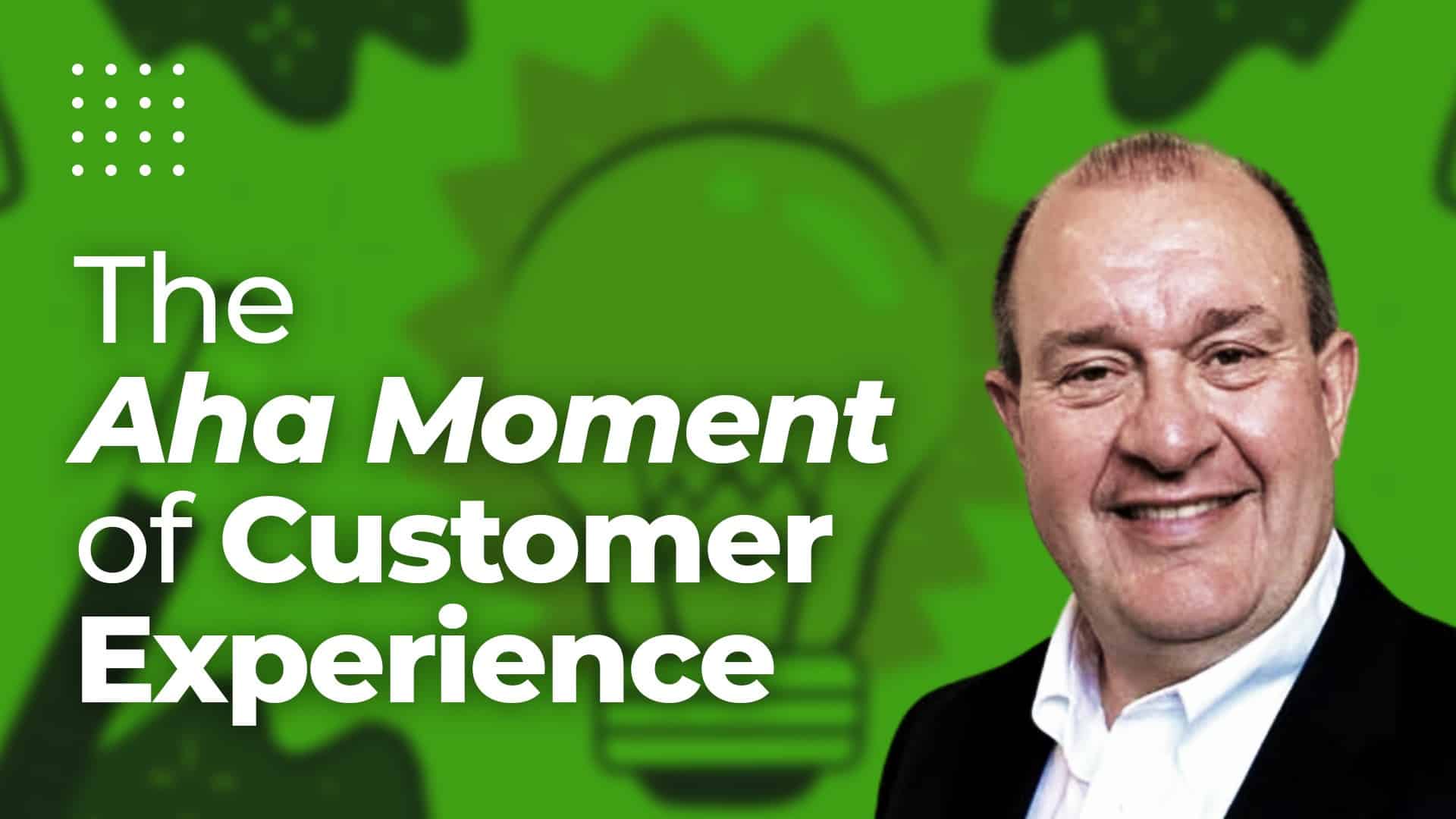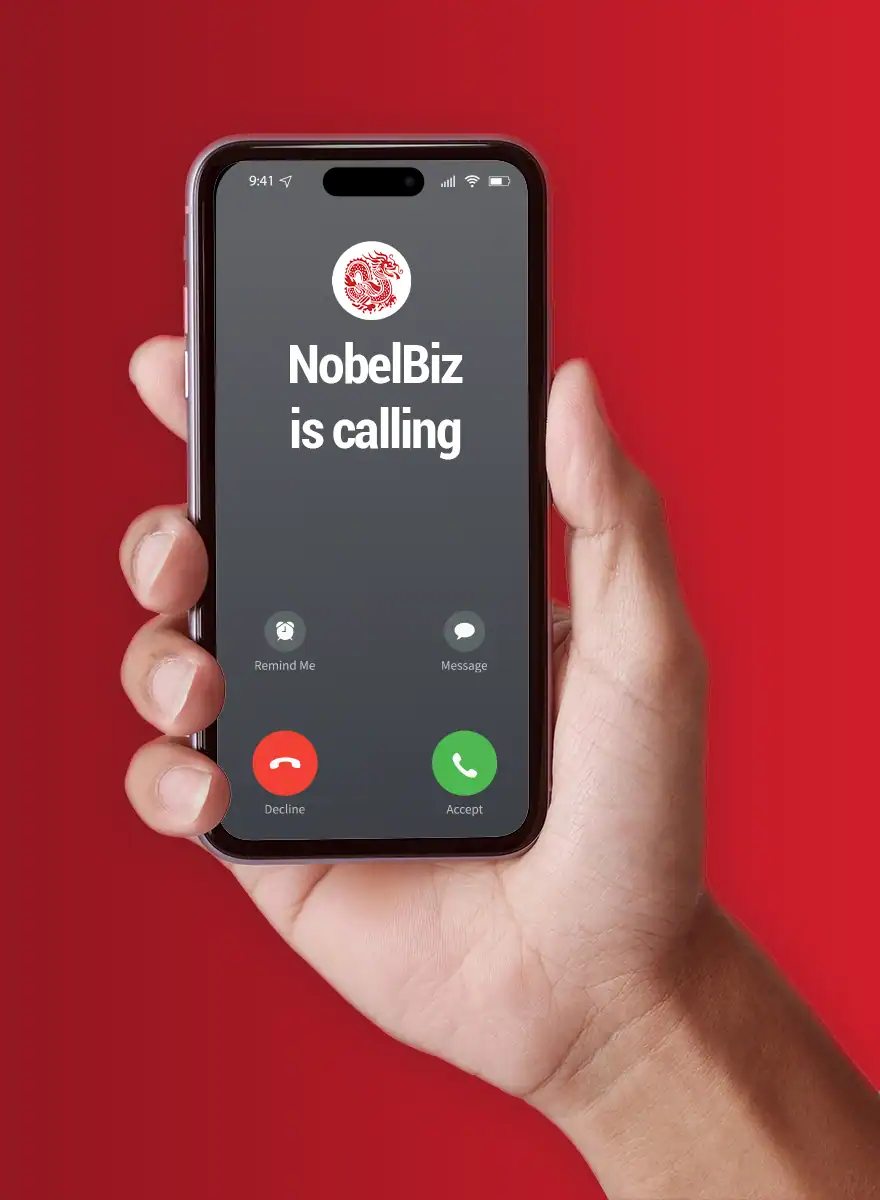The pandemic has had an impact on the relationship between brands and customers. But how can these brands rekindle the enchantment in the consumer experience? And how can you make customers desire to rediscover the joy of shopping when bad news and new digital habits influence their behavior?
The world around us has never been more ephemeral. Consumer behavior is continuously changing. Changes are also brought about by new technology. Contact channels are proliferating. And this requires better-trained and more skilled agents.
However, neither customer relations nor customers allow improvisation. As a result, predicting the evolution of client interactions is critical to your company’s success. Customers’ loyalty is no longer based on pricing or goods. Instead, people remain loyal to firms because of the experiences they have had with them. Customers will desert you if you are unable to fulfill their increasing demands.
To understand your consumers’ expectations, you will need to examine their behavior more than before. We identified 5 significant trends that are currently in play in 2021 but will be amplified in the post-pandemic environment in 2022. In this new revamped consumer experience, these 5 CX trends serve as benchmarks for the future of your contact center.
Omnichannel for contact centers is bigger than ever
 In 2021, the much-touted “phygital” will have played a key part in the industry; it is now the priority for companies of all sizes, with successes that will be perfected in 2022.
In 2021, the much-touted “phygital” will have played a key part in the industry; it is now the priority for companies of all sizes, with successes that will be perfected in 2022.
Companies will utilize dynamic display more and more to strengthen the customer experience, such as sharing their social media content and the favorites of their consumers posted on Facebook or Twitter. An omnichannel may occasionally encourage companies to develop comprehensive experiences rather than just displaying their products or services.
In that regard, the “pay by link” is a payment method that is currently available. It entails paying straightforwardly and securely regardless of the sales channel. There is no requirement for an e-commerce site since the merchant may sell his store’s merchandise even if it is closed, and the consumer receives a payment link via WhatsApp, e-mail, or other means.
From a contact center perspective, customers now expect to contact a company when and how it is convenient for them. This does not simply imply that you must have agents managing social media, chat, phone, and other channels. It would help if you also guaranteed that the experience is consistent and smooth across all channels or, in other words, CX Optimization.
CX optimization for omnichannel necessitates a well-defined plan and a sophisticated approach within your CCaaS Solution for contact centers. For example, you must guarantee that information is not concealed, that the path to check-out is quick, that the delivery choices selection is straightforward, and that visitors can quickly finish the work at hand. In addition, to develop seamless experiences, you must guarantee that each channel provides the greatest customer experience possible, which includes ensuring cohesiveness across all communication channels through seamless transitions in the customer journey. This entails concentrating on the strengths of each channel while ensuring a consistent experience.
A consumer, for example, may send you a message on Facebook with a query. If the problem persists, they will contact you the following day. The consumer does not want to repeat previous chats. As a result, all information acquired from various communication routes should be centralized on a single and unique CCaaS Solution that can encompass all your organization’s technological and strategical needs.
Customer personalization: the springboard for customer loyalty
Companies are continuously challenged with changing consumer expectations. Thus, the customization of point-of-sale experiences may be a useful tool for increasing customer loyalty and strengthening trust. The objective is to provide consumers with an optimized experience that is much more valuable than an internet transaction.
Today, the heart of the business is about dealing with an increasingly demanding and untrustworthy customer base. To fulfill their demands and establish loyalty, shops must provide customers with tailored offers in real-time and through the appropriate channel, with more engagements and customized exchanges, to the point where they must anticipate their wishes.
Personalization is essential for providing each consumer with an experience tailored to their specific requirements. Customers anticipate even greater personalization as the amount of data about their purchasing experience grows year after year, and new techniques for storing and analyzing this data emerge. As a result, you must ensure that the appropriate information is captured and made available to your agents. Analyzing consumer data will enable you to improve the personalization of your service. Furthermore, it allows you to anticipate and respond to client expectations.
How do you begin with personalization? There are two main methods:
- First, unify and segment your data effectively – Ensure that your customer support agents access your client data. Data segmentation allows you to adapt the information to each consumer profile. Because client profiles may shift rapidly, it’s critical to have software that will enable you to use data in real-time.
- Analytics makes the difference – To explain the ROI, analytics must be simple to comprehend, readily available, and deliver meaningful, actionable data. It’s a waste of effort if your analytics don’t deliver useful information!
Many customer experience gains are stopped because executives fail to see the value. But when they see it for themselves, it puts everything into perspective. Colin, Founder & CEO of Beyond Philosophy LLC, has decades of expertise in this field and assists executives in establishing the proper perspective on the power of CX in contact centers.
Empowered contact center agents
 Similarly, options exist to improve the performance of your agents rather than to replace them. This is done to increase customer satisfaction and improve customer service. In 2021, 67 % of businesses want to focus on customer experience, up from only 36 % in 2010! To tip the scales in your favor, you must begin by enabling your agents to perform better. This begins with greater training, better data management, performance feedback and technological tools.
Similarly, options exist to improve the performance of your agents rather than to replace them. This is done to increase customer satisfaction and improve customer service. In 2021, 67 % of businesses want to focus on customer experience, up from only 36 % in 2010! To tip the scales in your favor, you must begin by enabling your agents to perform better. This begins with greater training, better data management, performance feedback and technological tools.
There are technologies available that provide AI-based functionality. They assist your customer care employees at every client engagement. Based on the discussion and purchase history, these systems can present relevant information to the agent. More than just the content of the chat, AI recognizes emotions, gaps in the discourse, and hesitations to assist the agent in defusing tricky situations.
AI is not a future technology. It is already existent and applicable in contact centers. If you’ve been following the evolution of customer relations over the last several years, you’ll know that it’s going from myth to reality.
Indeed, Artificial intelligence is a fundamental trend that has been evolving for several years. We are now at an advanced stage, with uses becoming more relevant and no longer degrading the customer experience.
On the one hand, companies have gradually identified the most suitable cases for chatbots. They have set up more collaborations between chatbots and agents, helping the latter free up time to focus on higher value-added requests. On the other hand, customers have become more and more accustomed to this technology and see it less negatively than before.
In 2022, companies will continue to rely on the complementarity between agents and AI to improve the customer experience.
The telephone customer experience is improving
Digital channels are adaptable to a wide range of scenarios and valued by an increasing number of clients. On the other hand, telephony services for contact centers remains a popular and necessary communication channel and route. Although it has been a source of aggravation, mainly due to long wait times, the telephone has seen its operations improve due to digitalization.
Call deflection, for example, allows calls to be routed to digital channels when it is beneficial to both the client and the firm. It might be presented before the call, during the waiting period, or during the call itself. It enables the consumer to use the phone when essential and digital when more suited.
This change of channel can be given, for example, to complete a payment or access basic information (order tracking, rate information, etc.) more quickly and without waiting time via digital channels. Automation and digital technologies can lower call volumes while also providing considerably faster replies. Agents can give greater service since resolution time objectives do not bind them. By 2022, the call deflection strategy will be more frequently used to shift telephone contacts to digital interactions.
CX metrics will focus on customer satisfaction
Almost everything in customer experience has been tracked for a long time, with the introduction of a plethora of KPIs such as average handling time (AHT), average talk time (ATD), or abandonment rate, among others. A further step will be made in 2022, introducing increasingly advanced measuring and analytic systems to quantify consumer happiness.
Customer satisfaction (CSAT), net promoter score (NPS), and customer retention rate are now the 3 key performance indicators for customer experience. However, contact centers are becoming more aware of new KPIs, such as customer journey monitoring (CJT). Customer journey tracking (CJT) appears to be similar to the client effort score (CES), which quantifies the degree of difficulty experienced by a customer. However, CJT goes further, analyzing how consumers utilize a service and when they may feel irritated and abandoned.
Finally, user reviews will be reintroduced in an updated form. While manually going through hundreds of client testimonials is time-consuming, analyzing their content with natural language processing (NLP) is a breeze. Contact centers will begin to ask more open-ended inquiries to get to know their consumers and gauge their happiness.
Customer experience entails emotionally interacting with customers, but memory is what ultimately defines an experience. Colin Shaw is a Customer Experience Pioneer, motivating firms to focus on customers. He shares his perspective and views on the importance of CX in contact centers. Colin is giving a wealth of expertise on this enthralling subject in our First Contact Podcast.
Conclusion: Customer Centricity is the Future
 In light of the major trends in tech and software, one thing is clear: excelling in digital is not enough to endure and thrive in this industry, where the pandemic only exacerbates the digital trends already on the horizon. The adoption of new technologies opens up the field of possibilities, and this is not limited to data and analytics, which are essential to meeting customer needs in an agile and responsive manner.
In light of the major trends in tech and software, one thing is clear: excelling in digital is not enough to endure and thrive in this industry, where the pandemic only exacerbates the digital trends already on the horizon. The adoption of new technologies opens up the field of possibilities, and this is not limited to data and analytics, which are essential to meeting customer needs in an agile and responsive manner.
Being customer-centric contact center requires focusing the whole organization’s attention on the customer. Decisions based on this strategy are always made with the consumer in mind. To succeed in tomorrow’s world, a customer-centric culture is paramount. Anticipating the impact of new consumer habits now is a choice for the future. Here are four approaches to be customer-centric in 2022:
1. Focus only on consumer demands and utilize them as a guide.
Gathering customer insights enables experiential firms to see the broader picture that influences consumers’ lives and decisions. The analysis of quantitative and qualitative data then aids in understanding and forecasting what consumers are likely to do and why depending on their expectations in various scenarios.
2. Make experimentation with new experiences a regular habit.
To create an authentic culture of experience innovation, you must bridge the gap between your brand promise and the experiences you provide. The ultimate objective should be to integrate technologies in consistent and complementary ways to generate unique value for each encounter.
3. Extend the experience’s objective to the entire organization.
Experience is no longer the duty of a single person of top management; it is the responsibility of everyone. Therefore, every individual and aspect of the firm must be integrated and collaborative, operating as a unified, customer-focused entity, guided by experience as if it were their North Star.
4. Align technology, data, and human endeavor
Giving clients what they want does not necessitate a loss of profits. It is not a matter of investing more, but of investing differently. Businesses should strive towards an agile cloud-based IT infrastructure in order to save money and link people and data in new, quicker, and more creative ways.
Delivering a complete set of solutions from redundant and robust global Telecom to a high-quality Software Solution. That is the craft and expertise of NobelBiz.
For 20 years we helped contact centers bring all their communication together for seamless customer experience.
Across all communication channels, your contact center can deliver an intuitive and efficient agent team for your clients with NobelBiz Omni+. By allowing your agents to interact with your customers on their preferred communication channels (voice, web chat, email, SMS, and social media. You can anticipate your customers’ needs and bring customer experience excellence from the first interaction.

Michael McGuire is a contact center industry expert with almost two decades of experience in the space. His experience includes roles as Director of Contact Center Digital Transformation at NobelBiz, and as Director of Operations at FLS Connect, managing multiple call centers. As President of Anomaly Squared and Targeted Metrics, Michael successfully transitioned companies into remote operations and significantly boosted revenues. With a strong background in customer service, leadership, strategic planning, and operations management, Michael excels in driving growth and innovation in the call center space.
Mike is also a proud Board Member for R.E.A.C.H Trade Group, promoting consumer protection and satisfaction and Co-host of the Off Skripted Podcast – a show about Life, Call Centers and everything in between.









